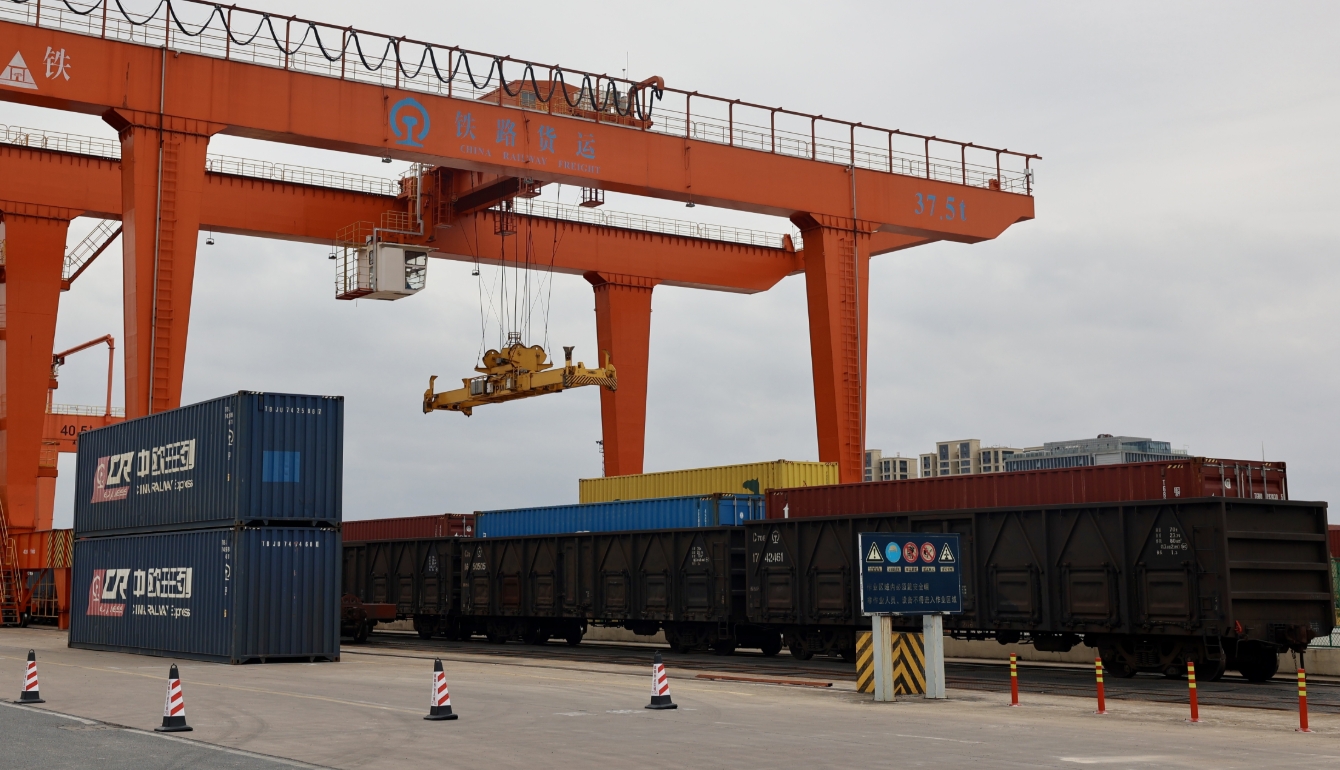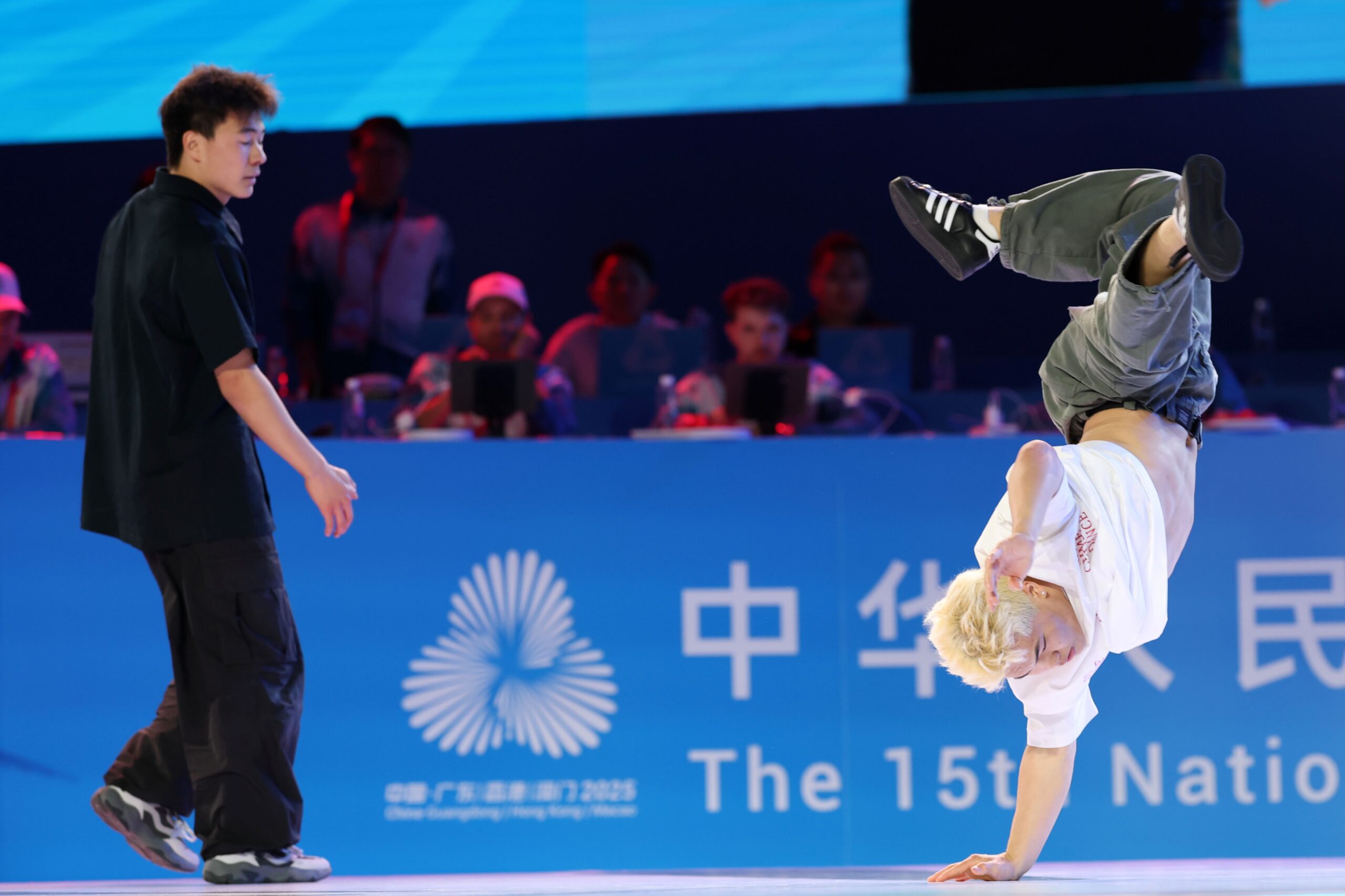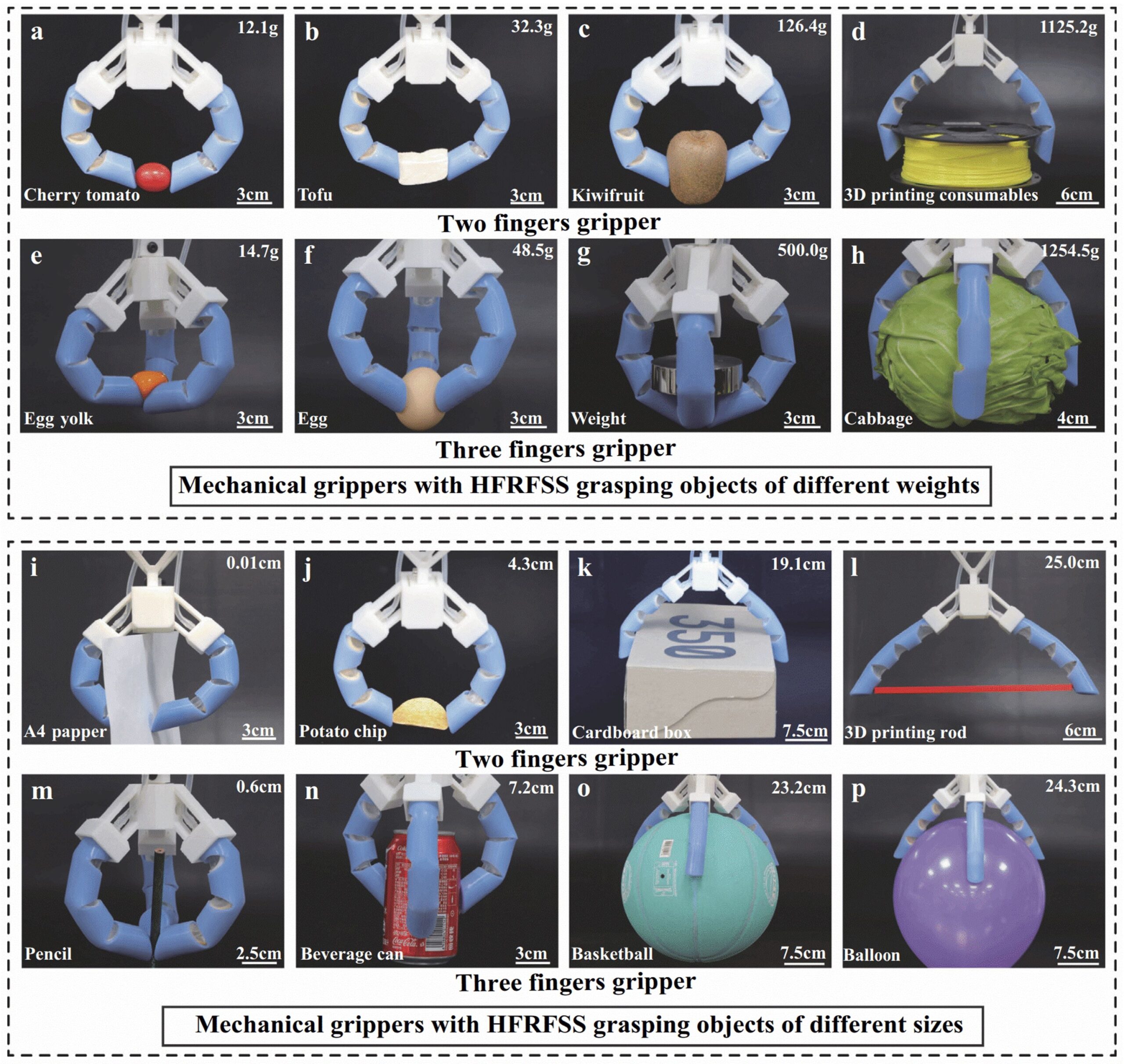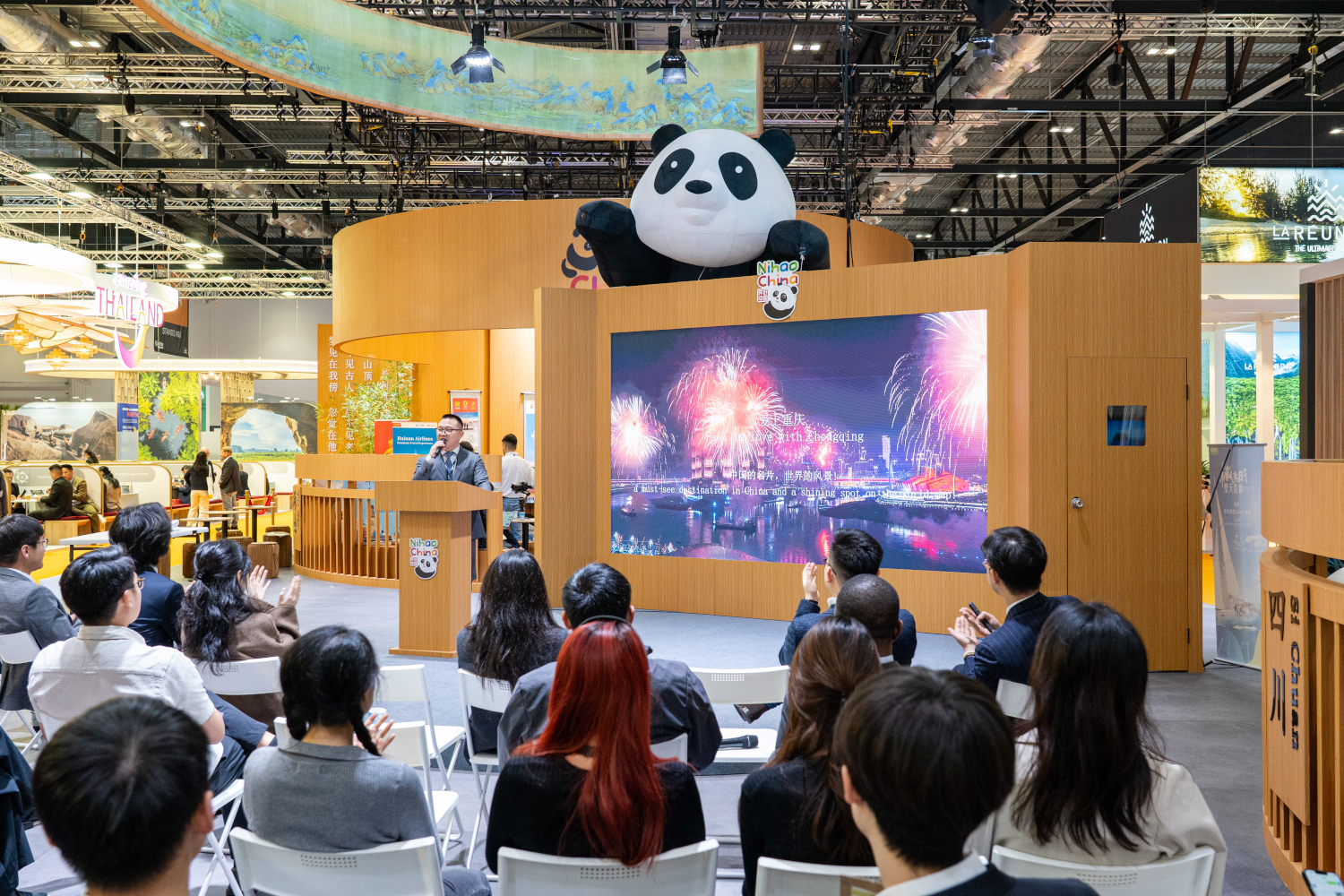China’s toy industry is growing as AI-powered toys and original IP drive new consumer trends, boost exports, and strengthen the country’s global market influence.
China’s toy industry is expanding its global reach as domestic spending increases and new technologies transform the market. From AI-powered educational toys to fast-rising collectable brands, the sector is entering one of its most dynamic phases, according to CNS.
A Market on the Rise
China has become both a major toy producer and a powerful consumer market. In 2024, domestic toy retail sales hit RMB 97.85 billion (£10.48 billion), marking a 25.5% increase from 2020. Analysts expect the figure to pass RMB 100 billion (£10.70 billion) in 2025, supported by strong family consumption and higher demand for creative play.
Exports also remain robust. China shipped $39.87 billion worth of toys in 2024, 19.1% more than in 2020. Over 40% of those products went to the United States and the European Union. Industry observers say this steady demand reflects China’s complete supply chain and its growing ability to bring new products to market quickly.
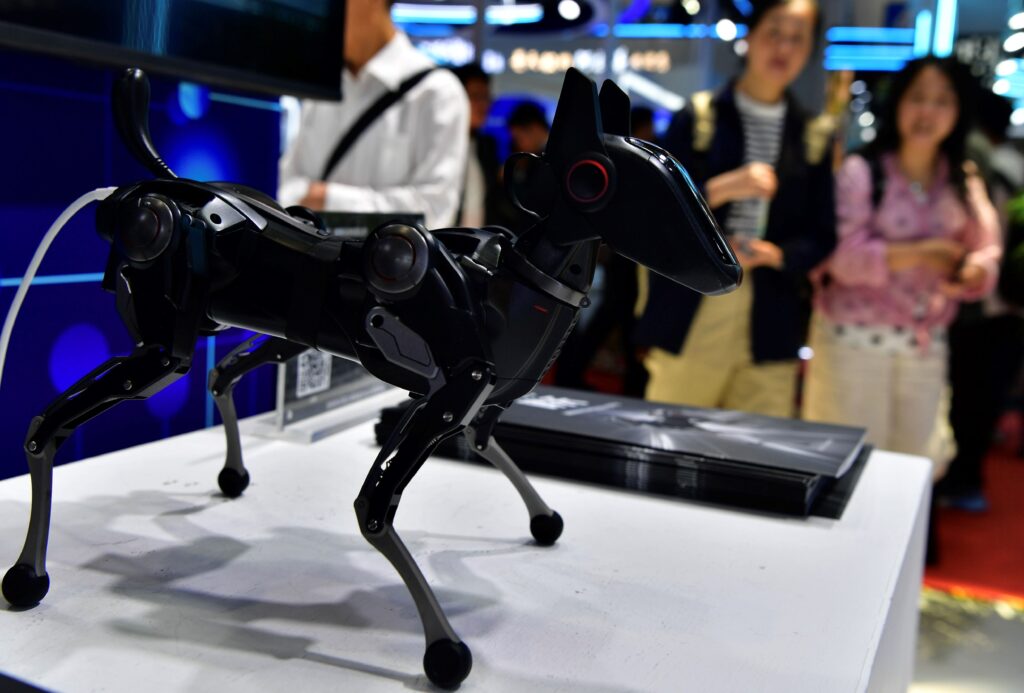
Innovation Fuels New Growth
The range of toys made in China continues to widen. Plush toys, wooden models, metal collectables and plastic sets now cover almost every niche. At the same time, innovation is pushing the industry into new territory.
AI-driven toys are one of the fastest-rising segments. Many brands are introducing interactive companions and smart learning devices aimed at younger families. China’s AI toy market reached RMB 24.6 billion (£2.65 billion) in 2024 and is projected to grow to RMB 29 billion (£3.12 billion) this year.
Meanwhile, collectable toys have captured the interest of young consumers. Blind boxes and designer figurines—valued for their emotional and artistic appeal—have become part of a flourishing subculture. In 2024, China’s market for trendy and collectable toys reached RMB 55.83 billion (£5.98 billion), with homegrown brands gaining global recognition for their original IP and character design.
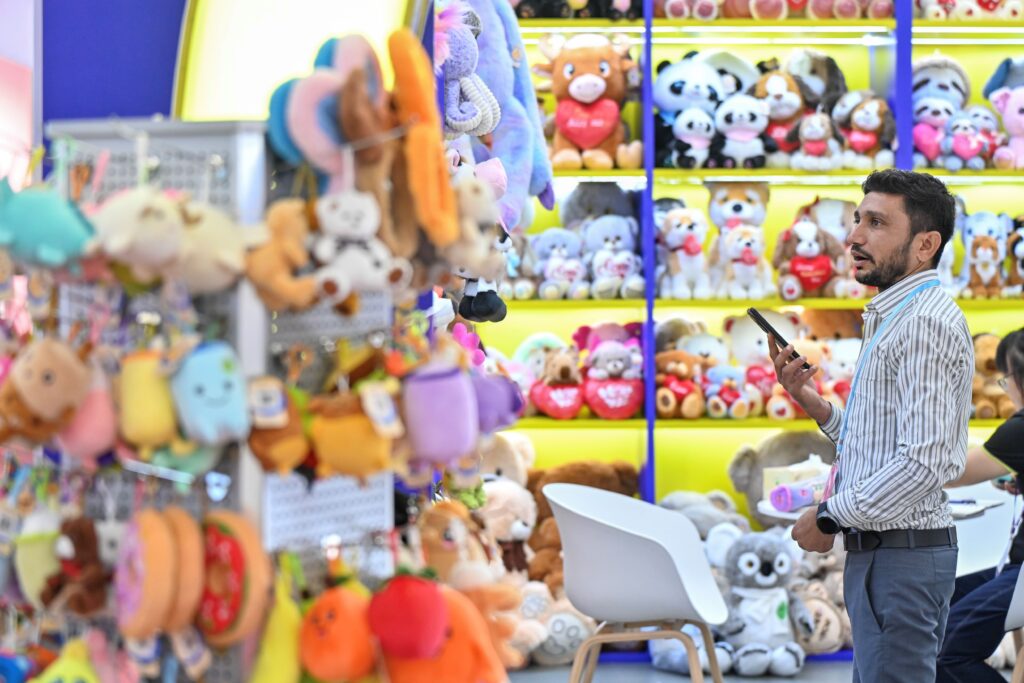
Local Creativity Gains Global Attention
Industry experts say the rise of Chinese IP marks a turning point. Many new brands now compete not only on production strength but also on storytelling, aesthetics and community engagement. As these companies expand overseas, they are bringing Chinese creativity to more global audiences and reshaping the image of “Made in China” within the toy world.
If you liked this article, why not read: How NPCs Are Changing the Way We Experience Tourism?


